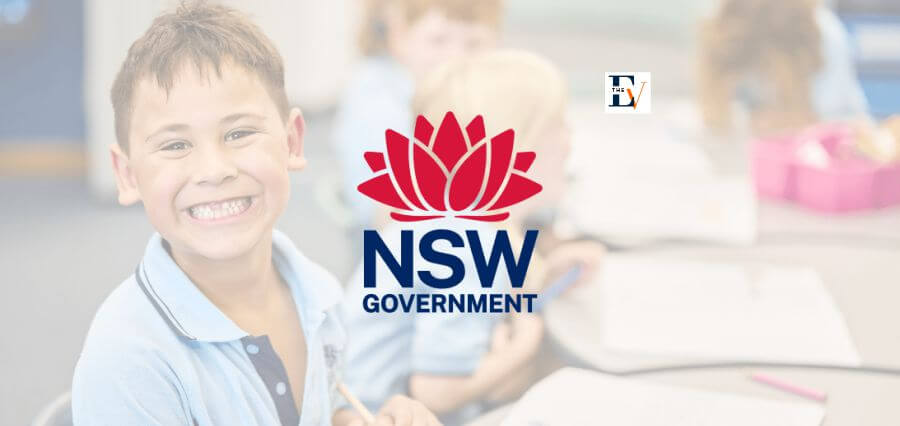In the digital age, education has undergone a remarkable transformation. With the integration of technology into traditional teaching methods, educators have embraced innovative approaches to enhance learning outcomes and meet the evolving needs of students.
Blended learning has emerged as a powerful educational approach that combines the benefits of online learning with the richness of face-to-face instruction. Blended learning has gained popularity across educational institutions globally due to its numerous advantages.
Understanding Blended Learning
Blended learning, also known as hybrid learning, is an instructional model that blends online learning activities with traditional classroom instruction. It aims to create a cohesive learning experience that leverages the advantages of both in-person teaching and digital resources. Blended learning allows students to engage with educational content through a combination of online platforms, multimedia resources, and interactive face-to-face sessions.
Benefits of Blended Learning
- Flexibility and Personalization
One of the key advantages of blended learning is its flexibility. Students have the freedom to access course materials and resources anytime, anywhere, and at their own pace. This flexibility accommodates diverse learning styles and individual schedules, making education more accessible and inclusive. Additionally, blended learning enables personalized instruction, allowing students to focus on their specific learning needs and interests.
- Enhanced Engagement and Collaboration
Blended learning fosters active engagement and collaboration among students.
Online discussions, virtual group projects, and interactive multimedia resources promote interaction and knowledge sharing. Students have the opportunity to collaborate with peers, exchange ideas, and develop critical thinking and communication skills. Blended learning also encourages self-directed learning, as students take responsibility for their progress and engage more deeply with the course material.
- Improved Learning Outcomes
Research has shown that blended learning can lead to improved learning outcomes. By combining the benefits of online resources and face-to-face instruction, students receive a well-rounded education. Blended learning provides immediate feedback, personalized support, and targeted interventions to address individual learning gaps. This approach enhances retention, deepens understanding, and improves overall academic performance.
Implementing Blended Learning
- Curriculum Design and Content
When implementing blended learning, careful consideration must be given to curriculum design and content selection. The curriculum should be aligned with learning objectives and incorporate a mix of online and offline activities. It should also provide clear instructions and guidelines for students to navigate the online platforms effectively.
- Integration of Technology
Effective integration of technology is essential for successful blended learning. Teachers should select appropriate digital tools, such as learning management systems, multimedia resources, and collaborative platforms. They should also ensure that students have the necessary access to technology and provide technical support when needed.
- Teacher and Student Roles
Blended learning redefines the roles of teachers and students. Teachers become facilitators, guiding students through the learning process, monitoring progress, and providing timely feedback. Students become active participants, taking ownership of their learning, engaging in online discussions, and seeking additional resources when required.
Challenges and Solutions
- Technical Infrastructure
A significant challenge in implementing blended learning is ensuring a robust technical infrastructure. Schools and institutions must provide reliable internet connectivity, access to devices, and technical support to overcome any technical hurdles that students or teachers may face. Collaboration with technology experts and infrastructure upgrades are essential to address these challenges effectively.
- Training and Support
Proper training and support for teachers and students are crucial to the success of blended learning. Teachers need professional development opportunities to enhance their digital literacy skills, instructional design capabilities, and online facilitation techniques. Students should be provided with orientation sessions and ongoing support to navigate the online platforms and utilize the available resources effectively.
- Assessment and Evaluation
Assessment and evaluation in blended learning require careful consideration. Teachers should design assessments that align with the learning objectives and incorporate both online and offline components. Monitoring student progress, providing timely feedback, and adapting instruction based on data analysis is vital for ensuring the effectiveness of blended learning.
The Future of Blended Learning
Blended learning is likely to continue shaping the future of education. Advancements in technology, such as artificial intelligence and virtual reality, will further enhance the learning experience. The integration of adaptive learning systems and personalized analytics will enable tailored instruction to meet the unique needs of each learner. Blended learning will also play a vital role in expanding access to education, bridging the digital divide, and promoting lifelong learning.
Blended learning offers a promising educational approach that combines the best of online learning and face-to-face instruction. With its flexibility, personalized learning opportunities, and improved learning outcomes, blended learning has the potential to transform education and empower learners of all ages. By addressing challenges, providing adequate support, and embracing innovation, we can harness the power of blended learning to create a more engaging, inclusive, and effective educational experience.
Read more: click here






